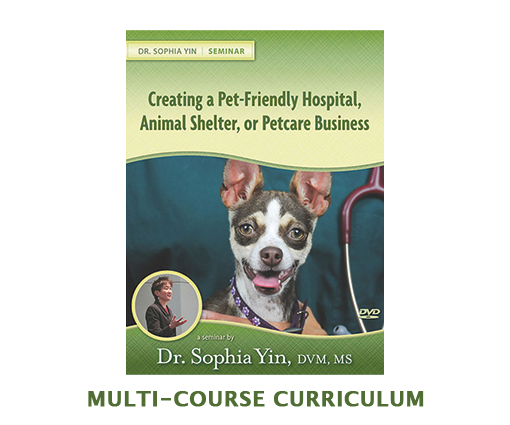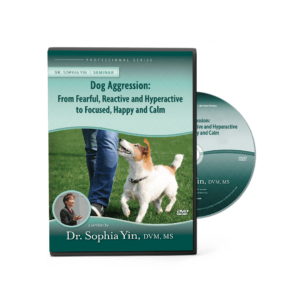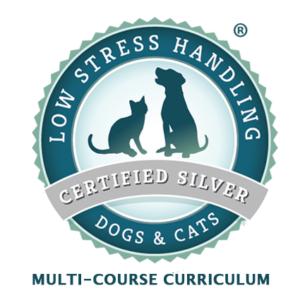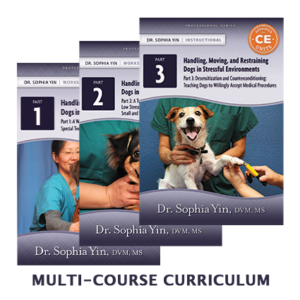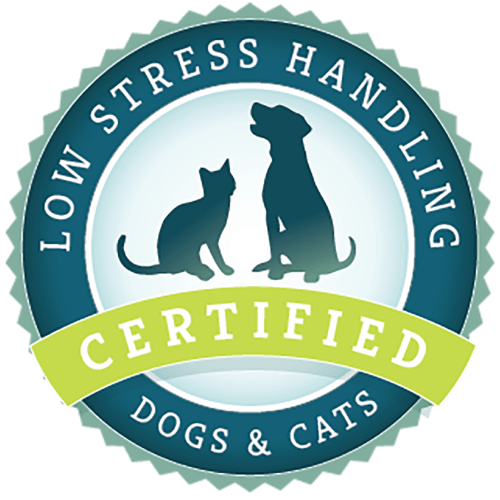Description
Learning Objectives:
• Recognize fear and be able anticipate bites, minimizing injuries.
• Understand and implement counterconditioning and desensitization techniques to train animals to consent to procedures they once feared.
• Learn handling methods for cats and dogs of different sizes and temperaments and how to adjust your techniques to the patient’s needs.
• Understand how every interaction you have with an animal affects their perception of your and their willingness to cooperate.
• Learn how the sights, sounds, smells, and surfaces in your practice may be increasing stress in your patients.
This multi-course curriculum includes:
Rapid Reversal of Fear and Aggression in Dogs and Cats.
Recognizing Brewing Fear and Aggression in Dogs and Cats.
Low Stress Handling and Restraint of Difficult Dogs and Cats.

